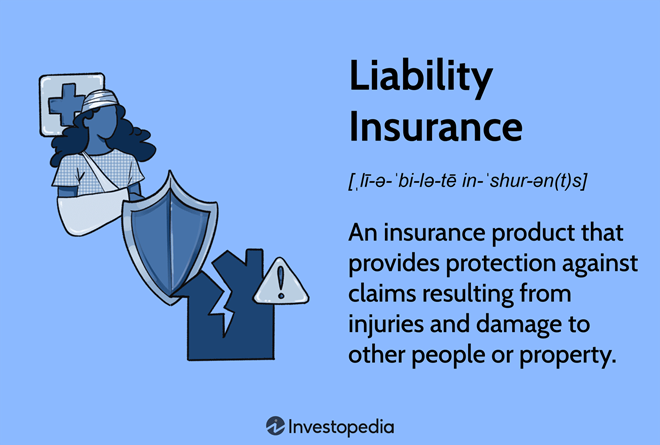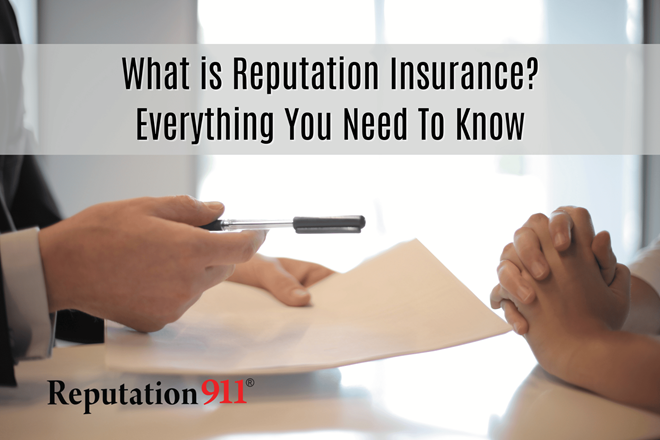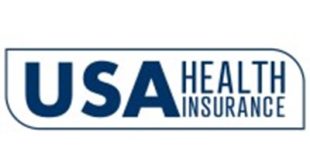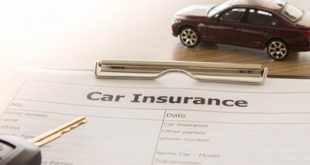Auto insurance is a crucial aspect of vehicle ownership, providing financial protection against a range of potential risks and liabilities. Understanding what auto insurance covers can help you make informed decisions about the types of coverage you need. This comprehensive guide explores the different components of auto insurance and what they cover.
1. Liability Coverage
Bodily Injury Liability: This type of coverage pays for injuries that you, the policyholder, cause to someone else in an auto accident. It covers medical expenses, lost wages, and pain and suffering for the injured party. This coverage is crucial because it helps protect you from significant financial loss if you are found legally responsible for an accident.

Property Damage Liability: Property damage liability covers the cost of damage you cause to someone else’s property with your vehicle. This typically includes damage to other vehicles, but it can also cover damage to structures like buildings, fences, and utility poles. Liability coverage is mandatory in most states, ensuring that you can cover damages for which you are responsible.
2. Personal Injury Protection (PIP) or Medical Payments Coverage
Personal Injury Protection (PIP): PIP, also known as no-fault insurance, covers medical expenses for you and your passengers, regardless of who is at fault in the accident. PIP can also cover lost wages, rehabilitation costs, and even funeral expenses. This type of coverage is required in no-fault insurance states and is beneficial because it ensures prompt medical treatment without the need to determine fault.
Medical Payments Coverage: This coverage, similar to PIP but typically less comprehensive, pays for medical expenses for you and your passengers after an accident, regardless of fault. It can also cover you if you are injured while driving someone else’s car or if you are hit by a car as a pedestrian.
3. Collision Coverage
Collision coverage pays for damage to your car resulting from a collision with another vehicle or object, such as a tree or guardrail, regardless of who is at fault. This coverage is particularly important if you have a newer or more valuable vehicle, as it helps cover the cost of repairs or replacement. Collision coverage typically requires you to pay a deductible before the insurance company pays the remaining repair or replacement costs.
4. Comprehensive Coverage
Comprehensive coverage protects your car from damage caused by incidents other than collisions. This includes theft, vandalism, natural disasters (such as floods, earthquakes, and hurricanes), fire, falling objects, and animal strikes. Like collision coverage, comprehensive coverage usually involves a deductible. This type of coverage is essential for protecting your vehicle against a wide range of risks that can occur outside of regular driving.
5. Uninsured/Underinsured Motorist Coverage
Uninsured Motorist Coverage: Uninsured motorist coverage protects you if you are involved in an accident with a driver who does not have insurance. It covers medical expenses, lost wages, and other damages that you would have received from the at-fault driver’s insurance, had they been insured.
Underinsured Motorist Coverage: Underinsured motorist coverage steps in when the at-fault driver’s insurance is insufficient to cover the full extent of your damages. This coverage makes up the difference between what the at-fault driver’s insurance pays and the actual cost of your medical bills and repairs.
6. Additional Coverage Options
Rental Reimbursement Coverage: This optional coverage pays for the cost of a rental car while your vehicle is being repaired due to a covered claim. It helps ensure that you have transportation while your car is out of commission.
Roadside Assistance: Roadside assistance coverage provides services such as towing, tire changes, jump-starts, lockout services, and fuel delivery if your car breaks down or you encounter other issues on the road. This coverage can offer peace of mind and help you avoid unexpected out-of-pocket expenses for emergency roadside services.
Gap Insurance: Gap insurance is particularly useful for those who have financed or leased their vehicle. It covers the difference between the actual cash value of the car and the remaining balance on your loan or lease if your car is totaled or stolen. This ensures that you are not left paying off a vehicle that you no longer have.
7. State Requirements and Optional Coverages
Auto insurance requirements vary by state, with each state mandating minimum levels of liability coverage. Some states also require additional coverages such as PIP or uninsured motorist coverage. It’s essential to understand your state’s specific requirements to ensure compliance and adequate protection.
While meeting the minimum requirements is mandatory, many drivers choose to purchase additional coverages for enhanced protection. Factors to consider when selecting optional coverages include the value of your vehicle, your financial situation, and your risk tolerance. Comprehensive and collision coverages are highly recommended for newer or more valuable cars, while uninsured/underinsured motorist coverage is crucial for protecting against drivers who lack adequate insurance.
8. Choosing the Right Auto Insurance
Selecting the right auto insurance involves evaluating your needs, understanding the types of coverage available, and considering factors such as your vehicle’s value, your driving habits, and your budget. Here are some steps to help you choose the right policy:
Assess Your Needs: Determine the level of coverage you need based on your vehicle, driving habits, and financial situation. Consider the potential risks you face and the amount of protection you want.
Compare Quotes: Obtain quotes from multiple insurance providers to compare prices and coverage options. Make sure to review the policy details and exclusions carefully.
Check Insurer’s Reputation: Research the reputation and customer service of the insurance companies you are considering. Look for reviews, ratings, and any complaints filed with state insurance departments.

Discounts and Bundling: Inquire about available discounts for safe driving, multiple policies (e.g., bundling auto and home insurance), good student discounts, and more. Discounts can significantly reduce your premium costs.
Review Policy Terms: Understand the terms, conditions, and exclusions of the policy. Make sure you know what is covered, what is not, and the procedures for filing claims.
Conclusion
Auto insurance is a vital tool for protecting yourself, your passengers, and your vehicle from the financial consequences of accidents and other incidents. By understanding the different types of coverage available and assessing your specific needs, you can select a policy that provides comprehensive protection and peace of mind. In 2024, with advancements in technology and changing regulations, auto insurance continues to evolve, offering more options and flexibility to meet the diverse needs of drivers. Investing in the right auto insurance coverage ensures that you are prepared for whatever the road may bring.


